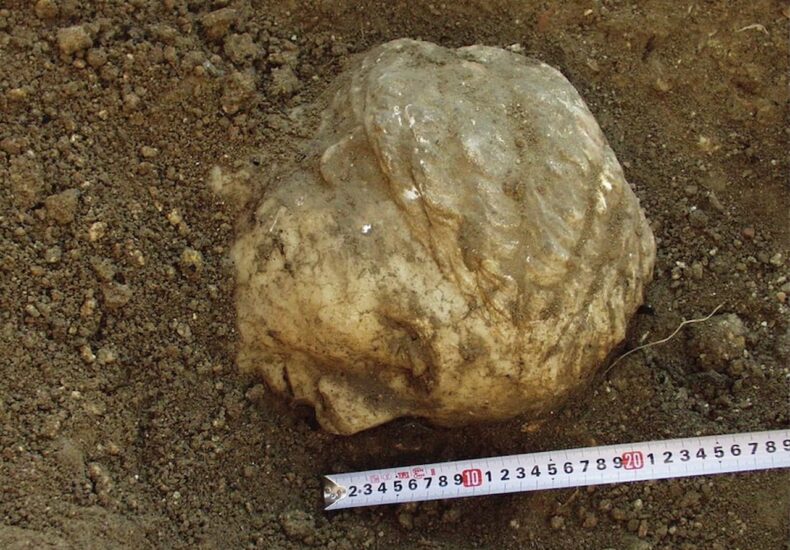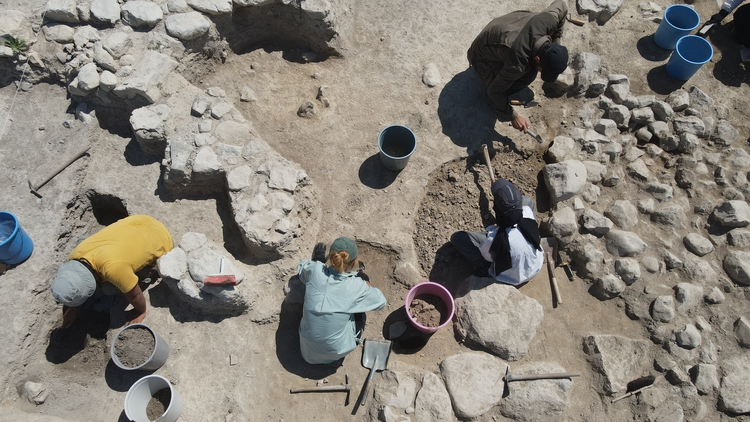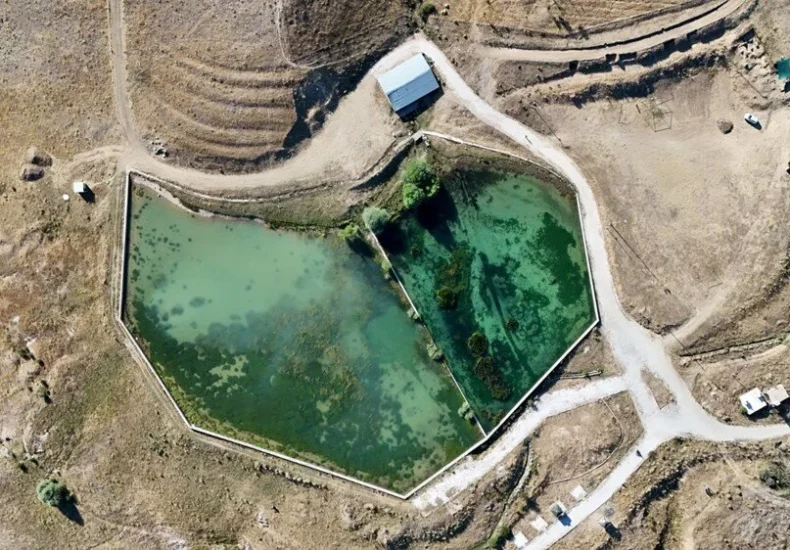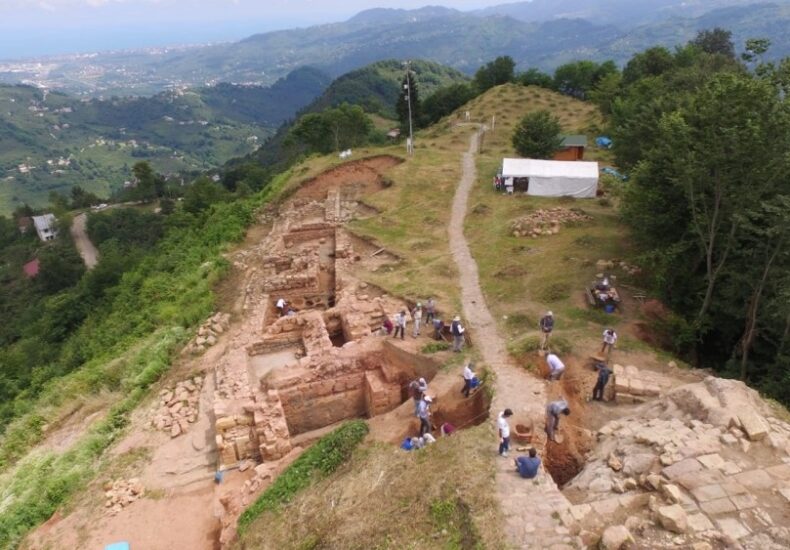
20-Year Mystery Solved: Marble Portrait in Crimea Identified as Laodice, the Woman Who Secured Her City’s Freedom
SEVASTOPOL, CRIMEA – A decades-old archaeological mystery has finally been solved: a striking marble head discovered in 2003 at the ancient Greek city of Chersonesus Taurica has been conclusively identified as Laodice, a prominent woman whose political influence helped the Black Sea city gain free status under Roman rule. A Sculpture With a Story The

Traces of the Kaška People Unearthed at Oymaağaç Höyük: New Clues to the Hittite Sacred City of Nerik
In the Vezirköprü district of Samsun, northern Türkiye, Oymaağaç Höyük—identified over two decades of excavations as the Hittite sacred city of Nerik—has revealed new traces of the elusive Kaška people, one of Anatolia’s lesser-known indigenous groups. Recent finds, including architecture and pottery from the Middle Bronze Age and Iron Age, are offering unprecedented insights into

2,000-Year-Old Roman Pool Still Supplies Water in Satala, Türkiye
In the Kelkit district of Gümüşhane, the Satala Ancient City houses a remarkable 2,000-year-old Roman pool that once served Roman legionaries and still meets the drinking and irrigation needs of the nearby Sadak village. Located in the heart of Satala, the pool is considered one of the most significant structures of the ancient city. While

Excavations Resume at Kurul Fortress, Home to the 2,100-Year-Old Mother Goddess Cybele Statue
Kurul Fortress, perched atop the historic heights of Ordu, has earned its place in archaeological literature as the site where the remarkable 2,100-year-old Mother Goddess Cybele statue was uncovered. Now, the ongoing excavations are preparing to enter their 16th season. Recognized as one of the earliest archaeological fortress excavations in the Black Sea region, Kurul
